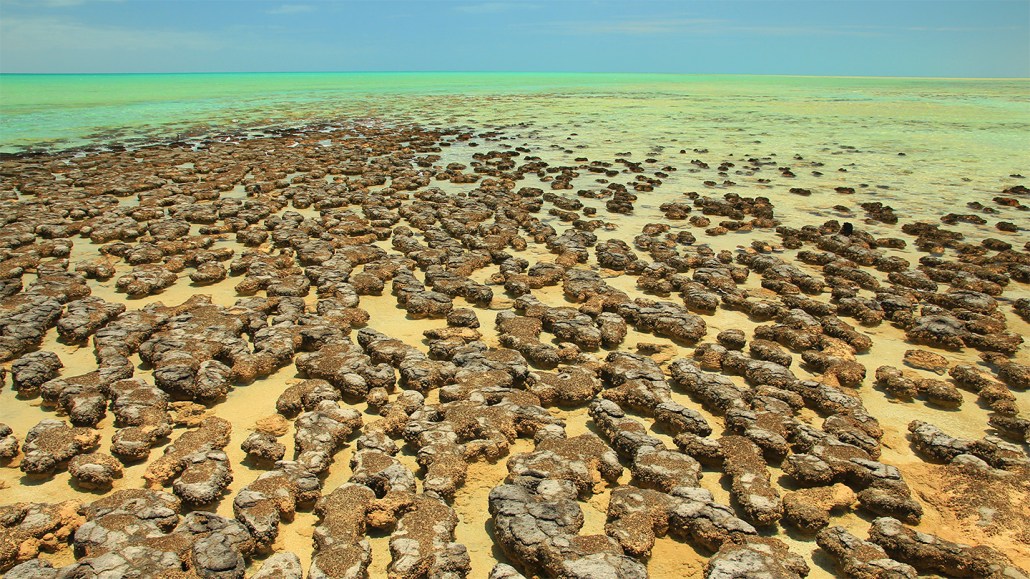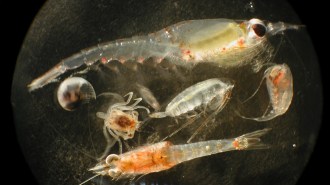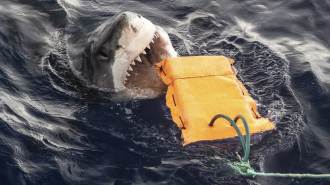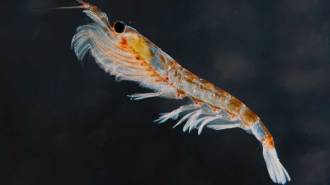Before altering the air, microbes oxygenated large swaths of the sea
The finding suggests cyanobacteria were prevalent much earlier than previously thought

Stromatolites (shown) are layered formations constructed mostly by microorganisms called cyanobacteria, the first photosynthesizers on Earth. Cyanobacteria helped oxygenate Earth’s atmosphere 2.4 billion to 2.1 billion years ago.
Totajla/iStock/Getty Images





